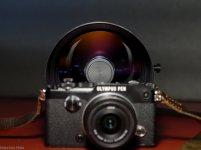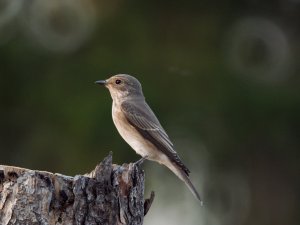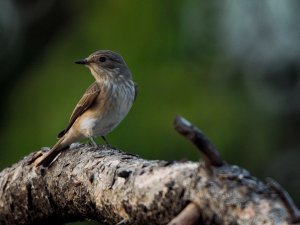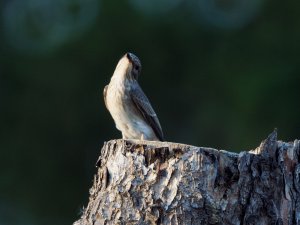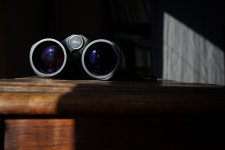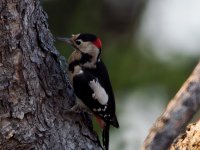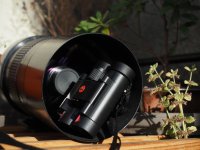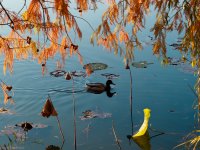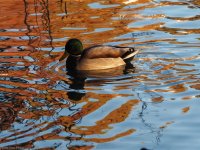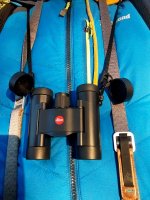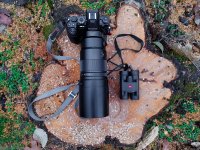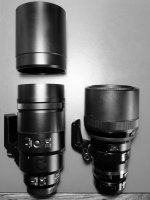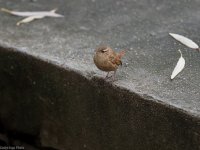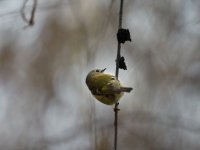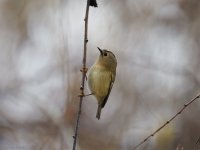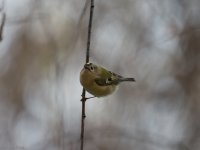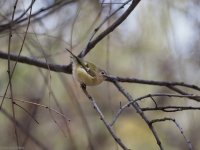dorubird
The unskilled mechanic blames his tools!

I was on a lake near Bucharest. The lake is beautiful in the middle of the forest, like in a fairy tale. It is full of cut tree stumps that the birds use as a post.
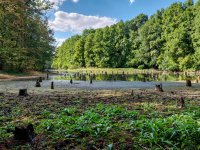
Walking in this wonderful place, I noticed a family of alcedo atthis (kingfisher) that were fishing a lot in this beautiful lake. Luckily, I had my faithful pocket bino 8x20 in my bag. The image of Ultravid 8x20 was very contrasting with splendid colors.
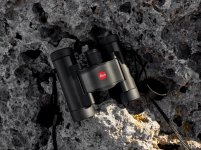
I didn't have a camera with me, so I came back in a few days later especially for this alcedo atthis. This time I took Nikon HG 8x30 with me.
I didn't get bigger binoculars (Zeiss SF 10x42 and Habicht 7x42) because I had in my backpack two cameras and two big telephoto lenses.
The huge Rubinar 1000mm f10 super telephoto lens was placed on a tripod with the Olympus PEN F. It was accessed with remote control, so not to induce vibrations. It was used for long distance static birds. This telephoto lens gives me an equivalent focal length of 2000mm!!!
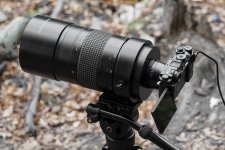
And for the birds that came closer or in flight, I used the Olympus OM 1 Mark III with Zuiko 40-150 PRO f2.8 telephoto lens +1.4 xTC. The great tits were the bravest and most curious, approaching about 2m from me.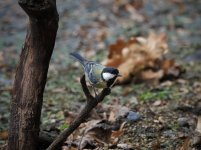
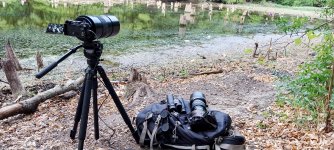
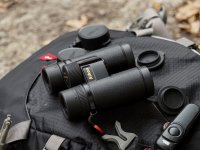
Nikon HG 8X30 contributed with a large relaxing image and warm and very attractive colors. Panning with these binoculars was very pleasant. The shades of kinkfisher colors changed depending on how the light fell. They fished with amazing speed. In no more than two seconds, he returned to his place with the fish in his beak. The male has a completely black beak and the female has a red lower part of the beak.



I noticed an anthus pratensis (meadow pipit) that reflected very beautifully in the water like in a Pre-Raphaelite painting.

I also saw a cuclus canorus (cuckoo), two tachybaptus ruficollis (little grebe) and two erithacus rubecula (robin). I spent about four hours "hunting" images, these being just a few of them!

Walking in this wonderful place, I noticed a family of alcedo atthis (kingfisher) that were fishing a lot in this beautiful lake. Luckily, I had my faithful pocket bino 8x20 in my bag. The image of Ultravid 8x20 was very contrasting with splendid colors.

I didn't have a camera with me, so I came back in a few days later especially for this alcedo atthis. This time I took Nikon HG 8x30 with me.
I didn't get bigger binoculars (Zeiss SF 10x42 and Habicht 7x42) because I had in my backpack two cameras and two big telephoto lenses.
The huge Rubinar 1000mm f10 super telephoto lens was placed on a tripod with the Olympus PEN F. It was accessed with remote control, so not to induce vibrations. It was used for long distance static birds. This telephoto lens gives me an equivalent focal length of 2000mm!!!

And for the birds that came closer or in flight, I used the Olympus OM 1 Mark III with Zuiko 40-150 PRO f2.8 telephoto lens +1.4 xTC. The great tits were the bravest and most curious, approaching about 2m from me.



Nikon HG 8X30 contributed with a large relaxing image and warm and very attractive colors. Panning with these binoculars was very pleasant. The shades of kinkfisher colors changed depending on how the light fell. They fished with amazing speed. In no more than two seconds, he returned to his place with the fish in his beak. The male has a completely black beak and the female has a red lower part of the beak.



I noticed an anthus pratensis (meadow pipit) that reflected very beautifully in the water like in a Pre-Raphaelite painting.

I also saw a cuclus canorus (cuckoo), two tachybaptus ruficollis (little grebe) and two erithacus rubecula (robin). I spent about four hours "hunting" images, these being just a few of them!
Last edited:






